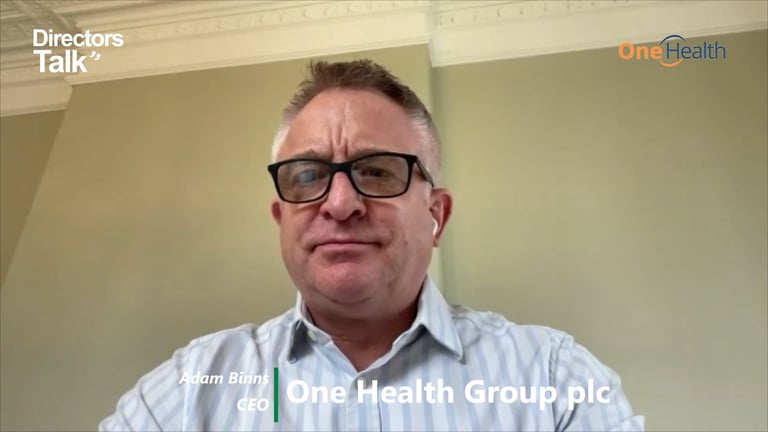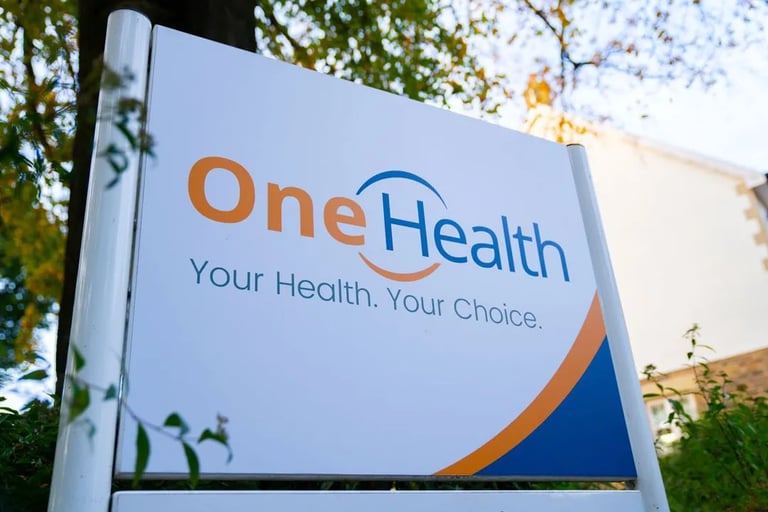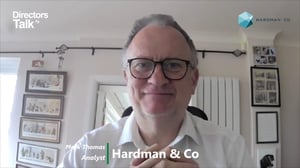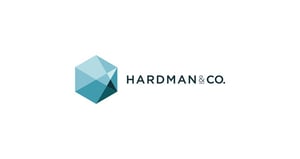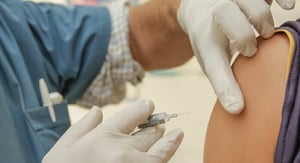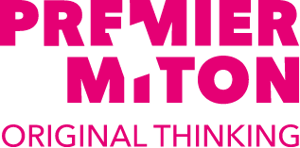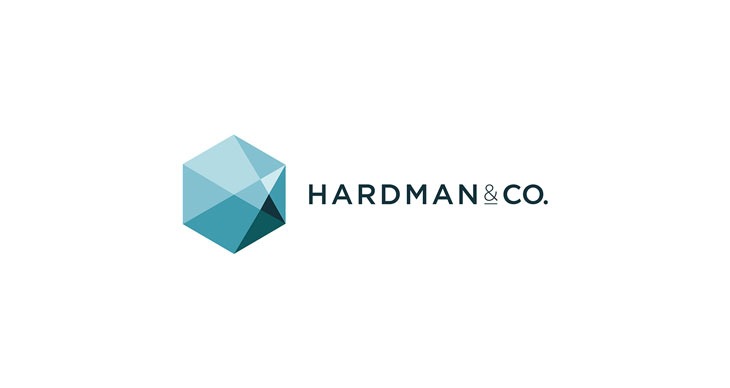One Health Group Plc (LON:OHGR) Chief Executive Officer Adam Binns caught up with DirectorsTalk for an exclusive interview to discuss admission to AIM & its benefits, the £7.8 million raise, and how the Group is positioned to support the new NHS initiative.
Q1: Adam, One Health Group has just raised £7.8 million, and it’s been admitted to AIM. What does this milestone mean for the company operationally and strategically?
A2: I think the first thing I’d say is obviously a really good day down in the Stock Exchange yesterday, a very great day of celebration given how far the business has come in the past 20 years. I think it’s really reflected in the fact that despite the numerous challenges in the UK economy today, there’s still an appetite out there for investment in good companies doing good things. One Health is very much one of those.
In terms of the benefits, we see this as a way to widen our strategic investment options for growth primarily, that’s in addition to bank debts, potential sale leaseback, another course of cash. So, it’s about widening the options really for investment for greater growth.
So, it’s opened up more options to growth, but also it opens up more potential for accelerated growth to meet the unmet NHS demands. I’m not going into politics for good reason, but clearly there are growing demands in NHS that need to be met. Patients aren’t going away, and we are very, very good at helping the NHS to deliver increased numbers of patient care across a wider community. That’s the primary benefit at the moment and one of the drivers.
Q2: How do you plan then to allocate the £7.8 million raised? Will it go towards expansion, technology, staffing or other priorities?
A2: The primary reason for the raise and the reason we moved to AIM at the same time is to get increased cash to facilitate the purchase of some land. We’ve got a site identified for our first surgical hub, we’d like to buy the land and then build the hub. That’s the primary reason for the money.
Again, we’ve talked before about the reason for these hubs and where we’re targeting them, there are areas where there is no current provision, be that NHS or independent sector, but a real strong demand from patients. These are patients, bear in mind as well, we target less wealthy regions so people who can’t afford to self-pay, can’t afford to get medical insurance. They need the NHS, and they need a greater provision so that’s where we target.
Of course, the development of hub means, of course, including investment in staff, very innovative focus as well. The hub will be a real cutting-edge operating theatre, allowing really high efficiency, high volume procedures. So, it’s all about that step change in the business now in terms of surgery capacity in regions where there isn’t any. We’re going to build these hubs using the cash.
Q3: With the NHS seeking to reduce elective surgery waiting times, how do you think the Group is positioned to support this national initiative?
A3: I think it’s worth remembering that we aren’t new to this, we’ve been in business doing what we do today now for 21 years this year. We’re working with an increasing number of NHS commissioners across greater regions and much wider regions, and that’s not only in terms of providing more options for GPs through GP referrals for new patients.
Since the pandemic, there’s been a step change in the way we receive patients, and that’s been the result of local trust contacting directly outside the GP referral mechanism to take patients from their internal waiting lists to help them hit targets at the year end. So, patients are taken off the internal waiting lists with trust, brought into One Health Group, treated, and discharged. So, we can bring down the waiting list indirectly, as well as new patients with GP referrals.
What we’re looking to do very much over the next 12 to 18 months is really focus on building those relationships with trusts directly to make sure when they want help ,we’re there. Also increase those relationships with more and more NHS trusts as we grow organically so we work with six today in our locality. Every time we go to a new region, we make sure we engage with trusts as well as GPs to see the patients from both streams, both brand new through GPs, but also through NHS trust waiting list transfers to help them achieve their targets, which is the primary goal at the moment with the record waiting lists at 7.5 million.
Q4: Now, being on AIM gives you access to public capital and greater visibility. What are the key benefits that you expect from this listing over the next 12 to 18 months?
A4: I think visibility is it, really. I think we are a very good growing, profitable business. More people know about it so clearly, again, it gives us greater visibility.
We’re very much looking forward to sharing our exciting plans. We’ve got a trading update at the end of April, reflecting our year-end 2025, which we’ll share more detail. Also, our longer-term plans as to what’s coming next and what we can do with this cash that’s been raised. We think it’s a very exciting time to be a provider to the NHS.
Also, one of the benefits of AIM is to help drive shareholder value. We do pay dividends, and I think there aren’t many businesses around today that are growing, cash-generative, dividend-paying, at the same time as investing quite aggressively. So, I think we tick a lot of boxes for investors, but I think the benefit of AIM will help grow the share price as well as paying dividends, and therefore increase shareholder value through consistent performance delivery, which we’re very good at.



